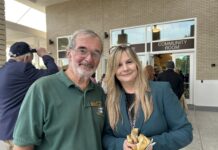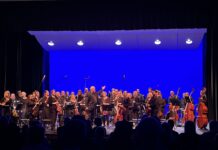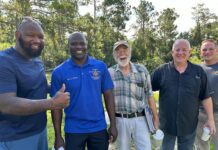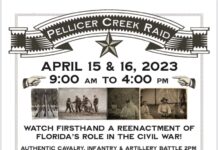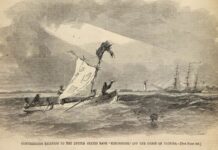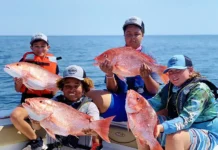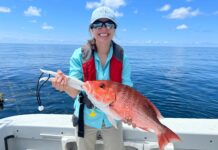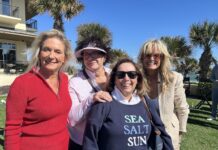This week’s The Big Five guest has been a staunch advocate for preservation and shares background on a hot button issue in Flagler County right now.
The Big Five with Anne Wilson
The Big Five Questions:
- How long have you lived in Flagler County, specifically The Hammock, and what do you love about it?
- As a founding member of the Scenic PRIDE organization, with a foundation in overseeing responsible development along this Old Florida section of A1A, why did you help start it?
- Talk about the process of creating the scenic overlay, and what are the pillars of it? In layman’s terms, what was it designed to do?
- What other unique characteristics are part of The Hammock and why are they important to protect? (Greenway, etc.)
- By changing or “tweaking” the overlay, how is this opening up or setting a precedent to possibly lose the unique characteristics of the hammock area it was designed to protect?
Bonus: The warehouse issue is one such instance of setting a precedent by “defining” marina and warehouse. How does this become a slippery slope for future challenges to land use and existing protections in place?
Anne Wilson:
I moved to the Hammock in 1976 with my family. I was blown away by the natural beauty of the area. From the river to the pristine beaches and the oak forest, I had never experienced anything like it. Before moving to the Hammock, I had visited in 1970. At that time there were a handful of model homes in Palm Coast and a ferry took customers from AIA to the Welcome Center. The canals had been dredged and the land was raw and bare of vegetation. The lots were being aggressively marketed in the northeast and even overseas.
When Admiral Corporation (a subsidiary of ITT) started promoting plans to develop Hammock Dunes a number of residents in the Hammock became concerned that runaway development would privatize the beach and ruin the natural ambience of the area. A group called the Friends of the Barrier Island was formed to try to constrain the developer’s proposals. Some concessions were won in terms of density and open space. The developer was also required to donate a series of beach front parks and a Greenway along AIA.
In the late 80’s County officials heard about Florida’s scenic byway program and realized that Flagler County’s AIA highway was a natural candidate. Hammock residents who continued to worry that development pressures would not go away and would continue to threaten the Hammock lifestyle saw the Scenic Byway as a vehicle to protect and preserve the maritime oak forest, wildlife habitat, and native vegetation, and to prevent big box stores, strip malls, and clear cutting of land. To this end, a grass roots committee of interested citizens worked with Flagler County’s Planning Department to develop an award -winning overlay district which created higher standards of land development.
Even though it has been twenty years since the scenic byway was designated, the Hammock still has a core group of residents who cherish the unique characteristics of the Hammock and volunteer as stewards of their environment. Hence, the uproar over the current proposal to allow a boat storage business, stores, and restaurant on property on scenic AIA. The overlay district specifically bans warehouses and adjusting definitions of approved uses to sidestep the community’s efforts to contain unsightly development is a betrayal of the residents who have worked so hard to protect this area from irresponsible development.





